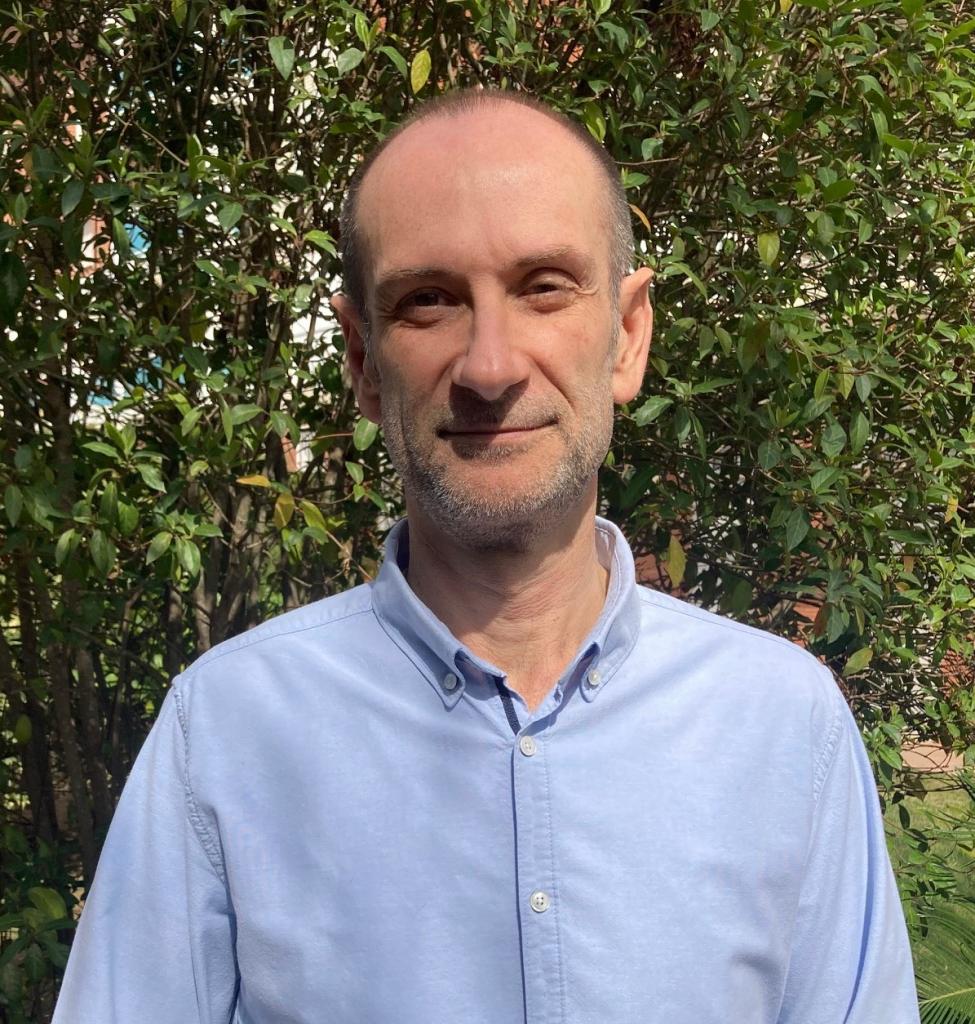Sociedad Mexicana de Ciencia y Tecnología
de Superficies y Materiales A.C.

Sociedad Mexicana de Ciencia y Tecnología de Superficies y Materiales A.C.
XV International Conference on
Surfaces, Materials and Vacuum
September 26th - 30th, 2022 / Puerto Vallarta, Jalisco

Eduard Llobet,PhDUniversitat Rovira i Virgili, (URV) Spain IEEE Senior Member, PhD from the UPC-Barcelona Tech (1997). Full Professor of Electronics (2009) at the Universitat Rovira i Virgili in Tarragona (Catalonia, Spain). Distinguished Professor (2019). Group Leader with research interests in nanomaterials (metal oxide nanowires, 2D and 3D transition metal di-chalcogenides, functionalized graphene) and their integration in microsystems for detecting pollutant/hazardous gases at trace levels. From 2010 to 2014 he was the Director of the Centre for Research in Materials Engineering and Micro / Nano Systems (URV) and vice-president of the Spanish IEEE Sensor Chapter. President of the Spanish Network of Microsystems and Nanotechnology (IBERNAM). Co-author of over 250 peer-reviewed journal papers (h = 56), editor of 3 books, has given some 35 invited lectures at international conferences and led over 35 regional, national and international projects. Founder of the spinoff Green Smart Data. In 2012 he received the URV’s RQR award and the ICREA Academia award (in 2012 and 2018). |
||
Gas sensing properties of CVD grown tungsten oxide nanowire filmsSingle crystalline, tungsten oxide nanowires (NWs) loaded with metal oxide nanoparticles (NPs) are very promising for developing a new generation of inexpensive, yet highly sensitive and more stable gas sensors. By supporting p-type metal oxide NPs (e.g. Pd, Cu, Ni, Co or Ir oxides) on n-type metal oxide NWs, both chemical and electronic sensitization effects can be obtained, which can dramatically tune the response to target gases of the resulting hybrid nanomaterials, thus enabling the engineering of selectivity. I will discuss the aerosol-assisted chemical vapour deposition (AACVD) technique, which enables growing single crystalline, n- type metal oxide NWs supporting homogeneously distributed, mono-modal, p-type metal oxide NPs in a wide range of loading levels. SEM, TEM, XRD, XPS, Raman, ToF-SIMS and PL are used to analyse the morphology, crystalline phase, chemical composition and defects. Their gas sensing properties (response, selectivity and stability) towards different species (e.g., ethanol, ammonia, nitrogen dioxide, hydrogen sulphide will be discussed in detail. In addition, some recent, in-operando, NAPS-XPS results will be shown and the derived gas-sensing mechanisms will be presented.
|